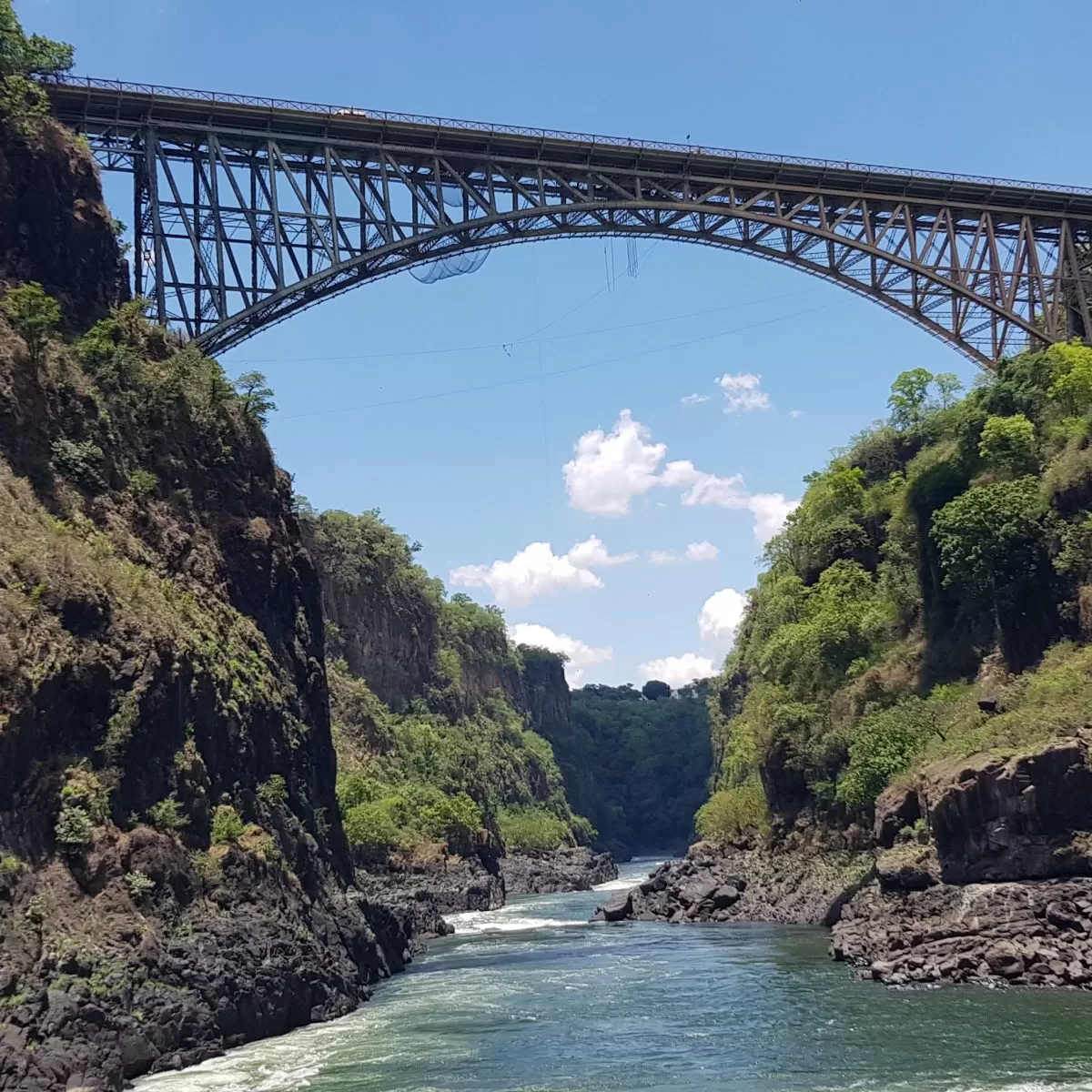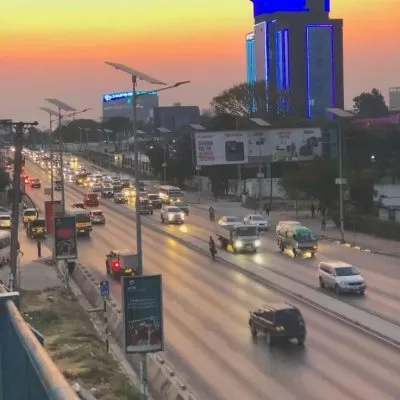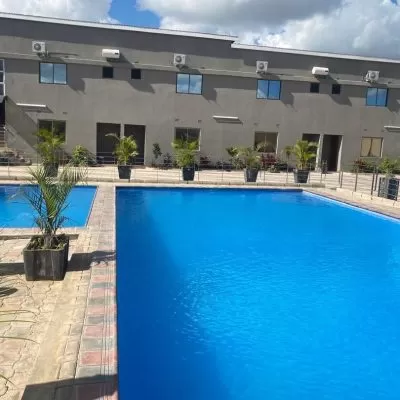By Kalata News,
Livingstone – THIS festive season, like many before it as has happened since anybody cares to remember, all roads lead to one of the world’s natural wonders of the world, the mighty Victoria Falls.
Perched on the Zambezi river at the corner of Zambia’s tourist capital Livingstone Town, and Zimbabwe’s Victoria Falls Town, the iconic Victoria Falls with its cascading smoky waters that earned it its famous name Musi wa Tunya (Mosi –oa- Tunya) is always a welcome attraction to its visitors.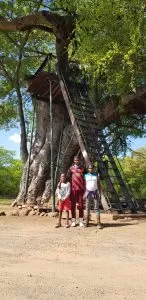
As the year comes to a close, this natural wonder is the reason why the City of Livingstone has been on fast drive to expand and clean itself and apply new coat of paint in readiness for the new comers and perennial visitors.
Most lodges and hotels have been upgrading their premises and making them worth the exorbitant charges they bill their customers.
Even the 212 roomed expensive Sun Hotel by the banks of the Zambezi River, is gearing for a fully booked season where the hotel becomes abuzz with both tourists and conference visitors wanting to experience a moment in a lifetime experience.
 Our nosey reporter caught up with a family of Lusaka that was in the tourist capital to sample what the City of Livingstone had to offer in this festive season.
Our nosey reporter caught up with a family of Lusaka that was in the tourist capital to sample what the City of Livingstone had to offer in this festive season.
Sophia Banda of Lusaka’s Makeni area and her two nephews and niece were caught up enjoying the scenic view of around the Zambezi River and Victoria Falls area.
Scared of heights and water, Sophia could not help but summon her strength to tour the Victoria Falls from the top of the falls to the bottom of the river at the boiling point with her wards.
“This City is beautiful. I have waited this long to come and visit this town and sample the Victoria Falls and its natural wonders,” she explained.
She said on the menu of their tour included visiting Mukuni’s big 5, walking on the Border Bridge, Climbing the famous Baobab Look-Out Tree, bathing on the Zambezi River and getting splashed by the might Victoria Falls.
“The kids loved their visit. We have enjoyed our visit as a family,” she concluded.
Those that are planning to come to Livingstone need to ensure they book their accommodation on time to avoid having no place to rest after their long day.
According to Wikipedia, Victoria Falls (Lozi:Mosi-oa-Tunya, “Thundering Smoke”;Tonga:Shungu Namutitima, “Boiling Water”) is awaterfallon theZambezi Riverin southern Africa, which provides habitat for several unique species of plants and animals. It is located on the border betweenZambiaand Zimbabwe and is one of the world’s largest waterfalls, with a width of 1,708 m (5,604 ft).
While it is neither the highest nor the widest waterfall in the world, the Victoria Falls is classified as the largest, based on its combined width of 1,708 metres (5,604 ft) and height of 108 metres (354 ft), resulting in the world’s largest sheet of falling water. The Victoria Falls are roughly twice the height of North America’sNiagara Fallsand well over twice its width.
For a considerable distance upstream from the falls, the Zambezi flows over a level sheet ofbasalt, in a shallowvalley, bounded by low and distantsandstonehills. The river’s course is dotted with numerous tree-coveredislands, which increase in number where the river approaches the falls. There are no mountains,escarpments, or deep valleys; only a flatplateauextending hundreds of kilometres in all directions.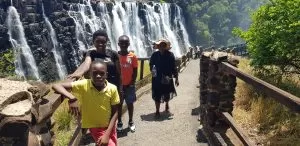
The falls are formed where the full width of the river plummets in a single vertical drop into a transverse chasm 1,708 metres (5,604 ft) wide, carved by its waters along a fracture zone in the basalt plateau. The depth of the chasm, called the First Gorge, varies from 80 metres (260 ft) at its western end to 108 metres (354 ft) in the centre. The only outlet from the First Gorge is a 110-metre-wide (360 ft) gap about two-thirds of the way across the width of the falls from the western end. The whole volume of the river pours into the Victoria Falls gorges from this narrow cleft.
There are two islands on the crest of the falls that are large enough to divide the curtain of water even at full flood: Boaruka Island (or Cataract Island) near the western bank, and Livingstone Island near the middle – the point from which Livingstone first viewed the falls. At less than full flood, additional islets divide the curtain of water into separate parallel streams. The main streams are named, in order from Zimbabwe (west) to Zambia (east): theDevil’s Cataract(calledLeaping Waterby some), theMain Falls, theRainbow Falls(the highest) and theEastern Cataract.
The River Zambezi, upstream from the falls, experiences arainy seasonfrom late November to early April, and adry seasonthe rest of the year. The river’s annualfloodseason is February to May with a peak in April, The spray from the falls typically rises to a height of over 400 metres (1,300 ft), and sometimes even twice as high, and is visible from up to 50 km (30 mi) away. At full moon, a “moonbow” can be seen in the spray instead of the usual daylight rainbow. During the flood season, however, it is impossible to see the foot of the falls and most of its face, and the walks along the cliff opposite it are in a constant shower and shrouded in mist. Close to the edge of the cliff, spray shoots upward like inverted rain, especially at Zambia’s Knife-Edge Bridge.

